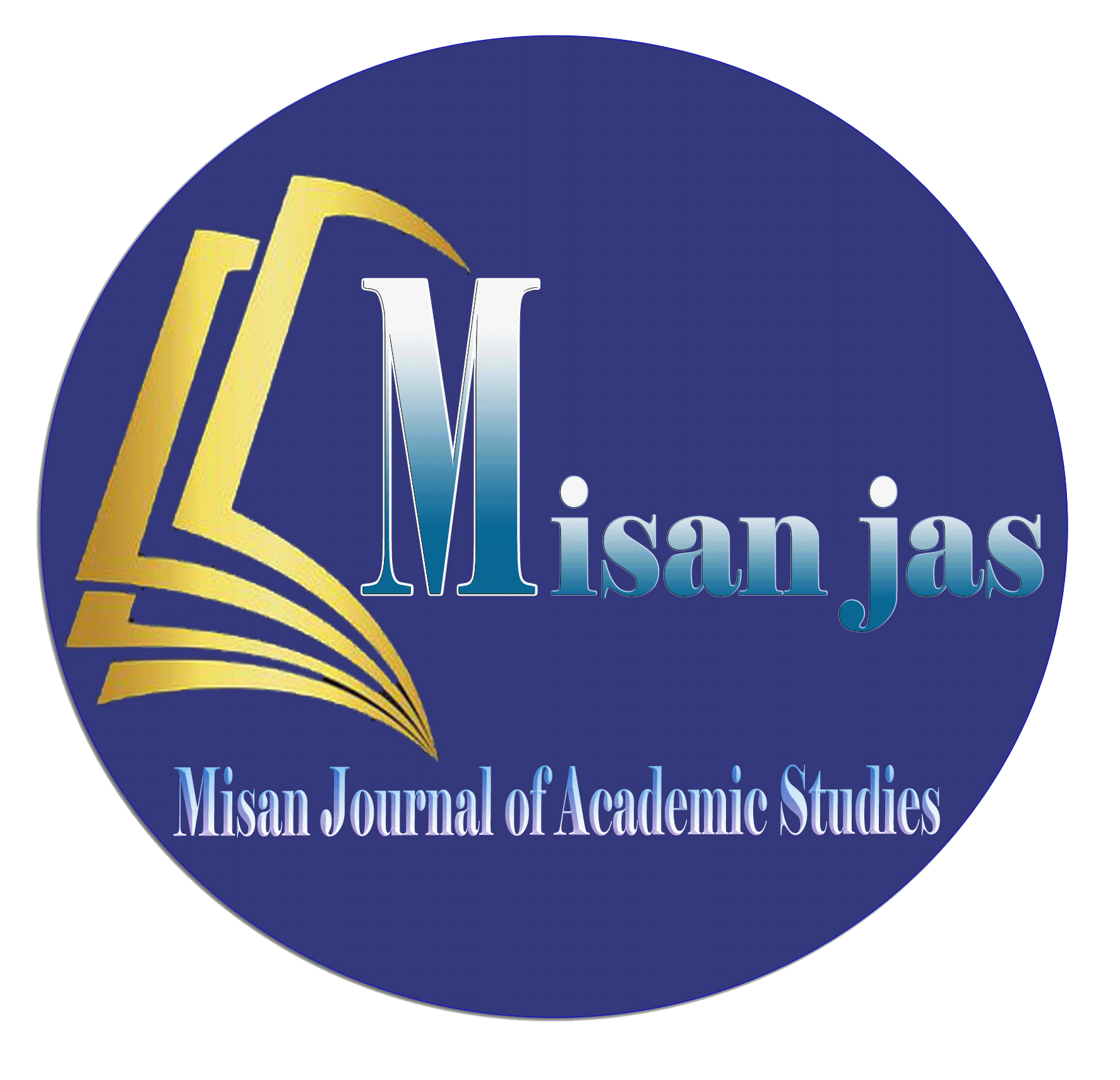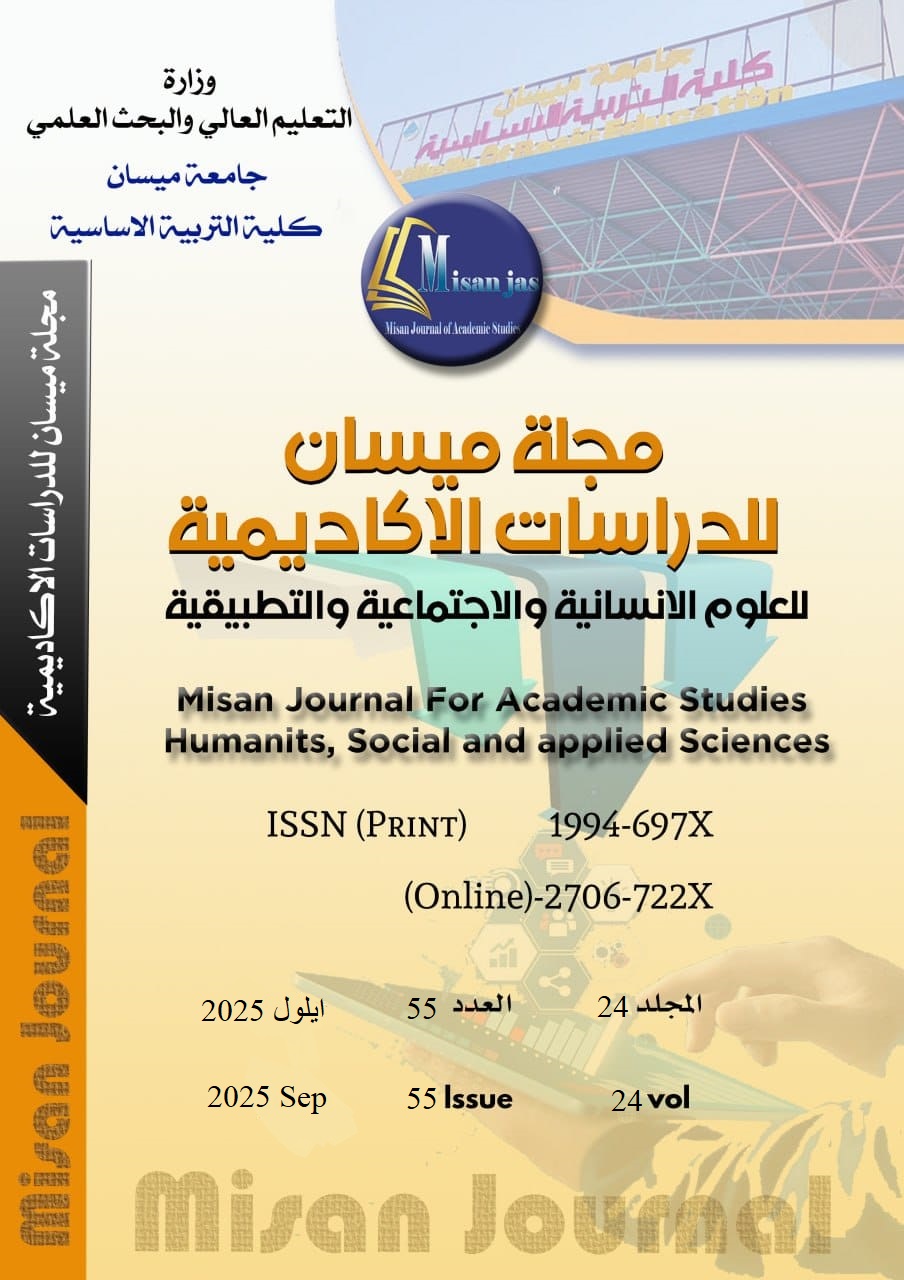The short story in the literature of Said Hashosh, with 'The White Rainbow' as a model.
Abstract
The research studies the short story "The White Rainbow" by Saeed Hashoush, who is a Basra writer with his distinguished output. The research found that the two poles of communication are evident in the text, in addition to their realism. The events were arranged sequentially, and the embedding came intertwined with the pattern of succession. The number of characters was limited, combining an anguished future represented by the child and a buried past of oppression, "Siham." The duality of the countryside and the city appeared in portraying the space of the text, and they resembled each other in injustice and the confiscation of freedoms; hence, the space was colored in darkness, leaving a small glimmer of hope. It was characterized by subjectivity and realism, as all its poles were derived from his reality. The short story enjoyed a poetic quality, as its components were well-structured. The author also used mask, metaphor, simile, and poetic description to portray the events of his story, along with colors and the evocation of animals to produce layers of meaning. The narrator employed a poetic form of address and used colloquial language to express his characters. Furthermore, sound played a significant role in creating rhythm for the text alongside repetition and incorporating poetry through the voice of the protagonist.
Downloads
Copyright (c) 2025 (Humanities, social and applied sciences) Misan Journal of Academic Studies

This work is licensed under a Creative Commons Attribution-NonCommercial-NoDerivatives 4.0 International License.
The copyright is also the copyright of the magazine only.
All articles published in our magazine are subject to license terms
Creative Commons Attribution(CC BY-NC-ND 4.0) This license permits the content to be reproduced, redistributed and reused in whole or in part for any purpose free of charge, without any permission from the author(s), researcher or student.
Works submitted to Maysan Journal of Academic Studies for publication in the journal (CC BY-NC-ND 4.0) license terms. Where available content can be shared, distributed and replicated provided there is no commercial profit and appropriate credit must be given to the original source through sources or citations. It is mandatory to review any material used from other sources including shapes, tables, and images for re-use under the terms of the Creative Commons License (CC BY-NC-ND 4.0).Provided that there is no modification to the original content



